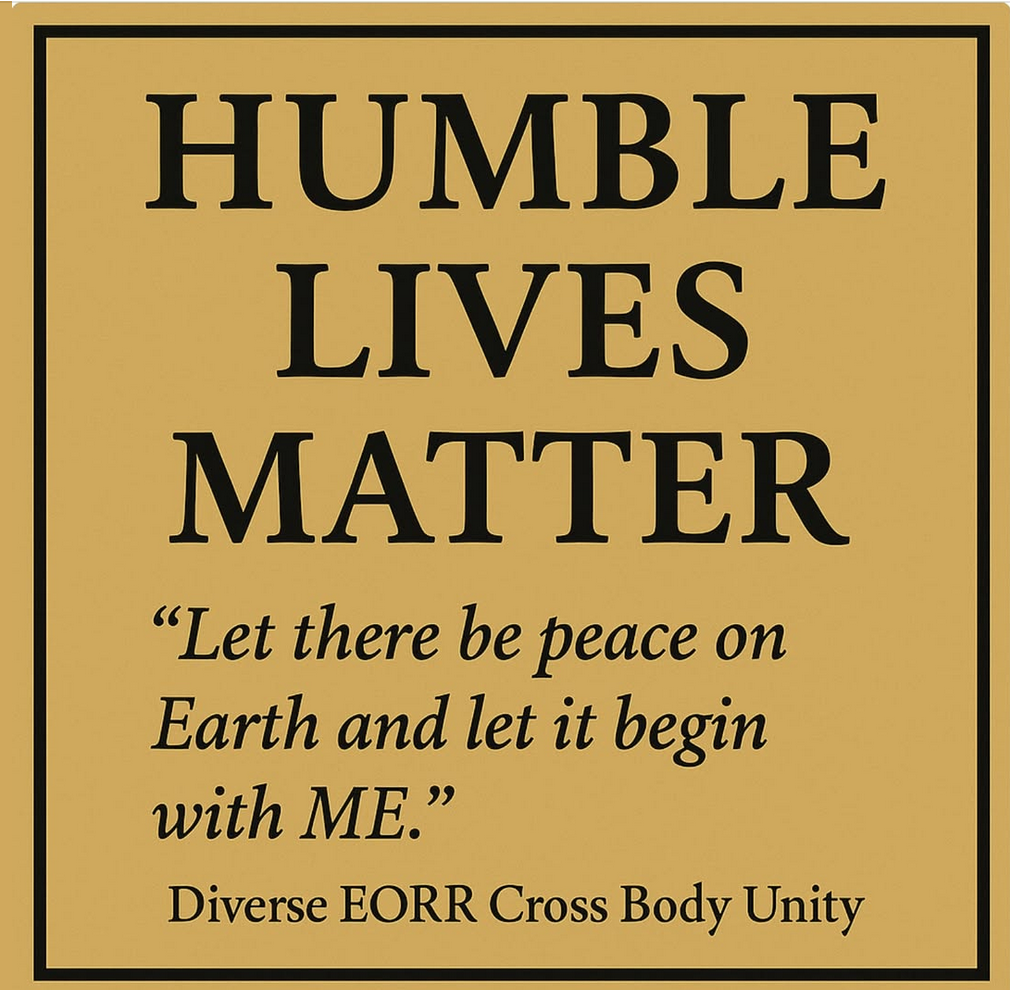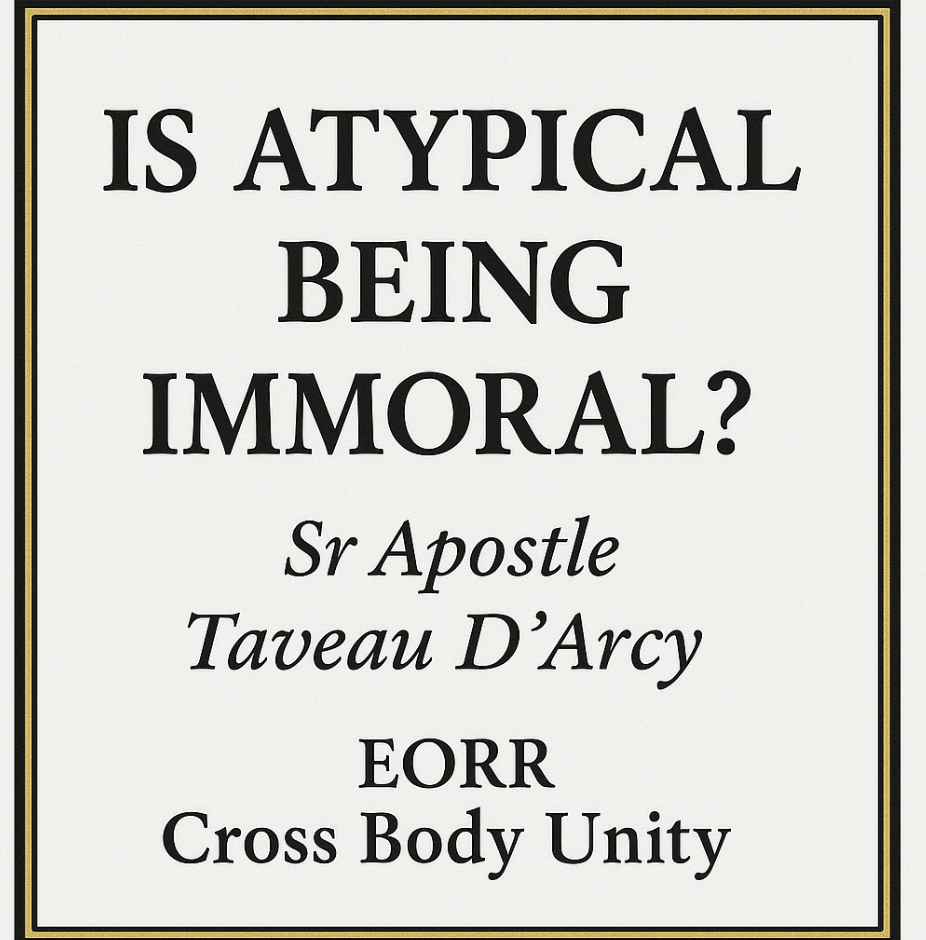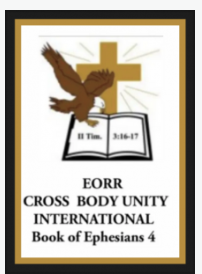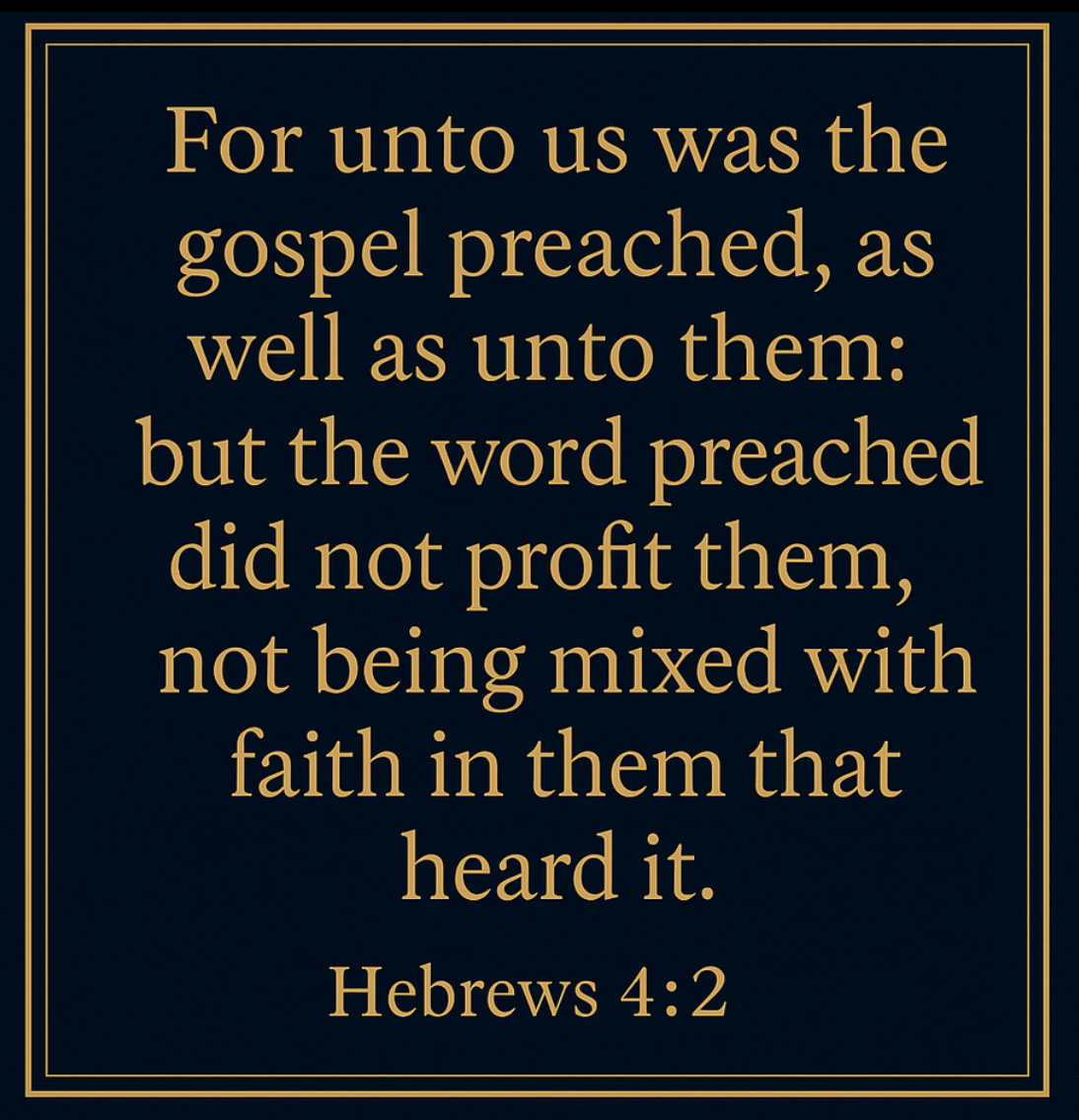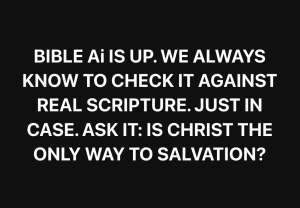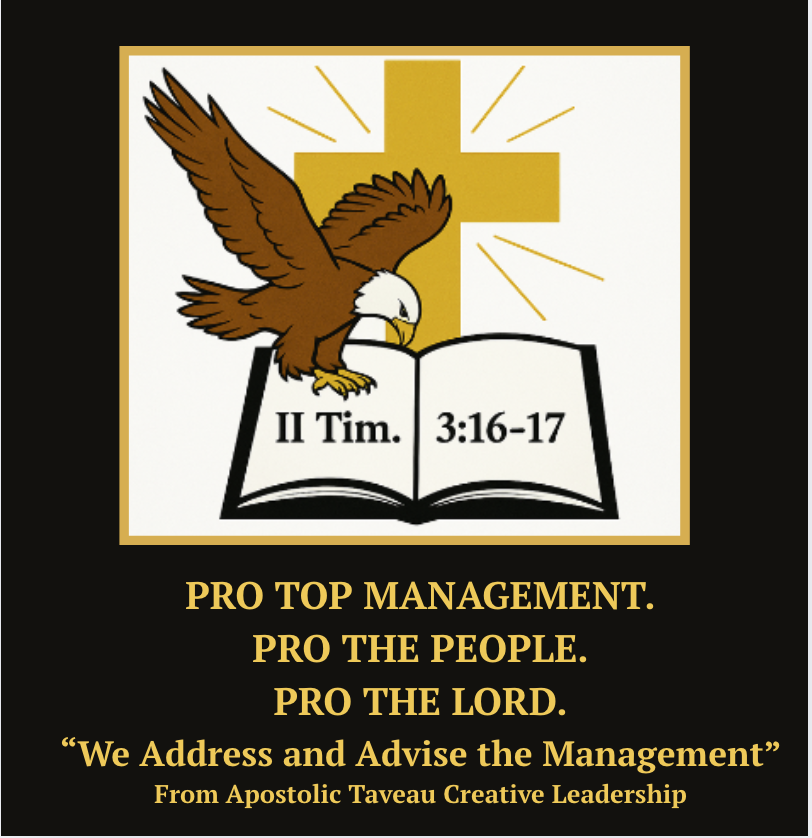
ANSWER BIG Q’S ….ABOUT FIRST CHURCH AND RIGHT NOW PART 1
PART 1: THE FIRST CHURCH – THE ORIGINAL PATTERN
Where did all of these inherited Christian ministry “demanded” rules begin?
And how these differ from the New Testament pattern of Christ, Paul, and the early apostles.
OF COURSE… WE GET OUR CHOICE ON WHICH STYLE TO ATTEND, TO OBEY
(C)2025 Taveau D’Arcy All copyrights reserved under international copyright laws, in conjunction with AI
+ Jesus Christ:
He never told anyone to “join a church.” Instead, He called people to follow Him — relationally, not institutionally.
“Follow me, and I will make you fishers of men.”
— Matthew 4:19 (KJV)
-
Jesus fellowshipped in synagogues, homes, and fields.
-
He warned of man-made traditions (Mark 7:13).
-
He did not establish a denomination or franchise.
-
He trained disciples who lived with Him, ate with Him, and followed His Spirit.
-
He never taught “pastoral hierarchy” — but servant leadership (Mark 10:42–45).
++ Apostle Paul and the Early Apostles:
The First Church was:
-
Organic, relational, house-to-house (Acts 2:42–47)
-
Christ as Head, not a senior pastor (Colossians 1:18)
-
Plural eldership, not celebrity or personality-based
-
Spirit-led movement, not legalistic or denominational
-
Focused on discipleship, community, and maturity
-
Ministry was confirmed by fruit, not title or covering
-
“So being affectionately desirous of you, we were willing to have imparted unto you, not the gospel of God only, but also our own souls…”
— 1 Thessalonians 2:8 (KJV)
PART 2: WHEN DID THESE NEW TEACHINGS BEGIN?
Post-Apostolic Era (100–300 A.D.)
-
As persecution intensified, churches became centralized for safety.
-
Bishops began to emerge as top overseers, developing into a hierarchical model.
-
The idea of “submitting to clergy” began to root.
By 250 A.D., Cyprian of Carthage taught,
“He cannot have God for his Father who does not have the Church for his mother.”
This is where the “you must belong to a church” started gaining traction.
325 A.D. – Constantine’s Roman State Church
-
Christianity becomes the official state religion.
-
Church buildings emerge — and clergy/laity divide widens.
-
The “official church” model is born.
-
Hierarchies, titles, robes, bishops, cathedrals, and control soon follow.
Here’s where:
-
“You must be under the authority of a bishop/pastor” is normalized
-
Spiritual authority = position/title, not calling/anointing
-
Christianity becomes structured, professionalized, and political
Medieval Church (500–1500 A.D.)
-
The Roman Catholic Church systematizes the ideas:
-
Priestly mediators
-
Spiritual covering via the Pope
-
Ordination = legitimacy
-
-
All teachings of direct relationship with Christ became minimized
“No salvation outside the church” became the cultural assumption.
Protestant Reformation (1500s)
-
Luther, Calvin, and others broke from Catholic control, but…
-
They still maintained pastoral-centric, building-based structures.
-
Denominations formed and church membership rules appeared.
From here, we get:
-
“Join a church to be valid”
-
“You can’t church-hop”
-
“Submit to your covering”
-
“You must tithe to your home church”
-
“God won’t use you without leadership approval”
1970s–Present: Charismatic, NAR, and Shepherding Movements
In the 1970s, the Shepherding Movement emerged:
-
Taught “spiritual covering”, submission to leaders, and having a “spiritual father”
-
Popularized phrases like:
-
“You need someone over you.”
-
“No lone ranger ministries.”
-
“Get under authority or get out of alignment.”
-
“God won’t bless you unless you’re under a man of God.”
-
This grew into:
-
NAR (New Apostolic Reformation) structure
-
Mega-ministry networks with celebrity apostles, prophets, and pastors
-
Brand loyalty to streams or movements, e.g., “We’re Baptist, Methodist, Episcoalian, more, later “We submit to “Word of Faith” Assembly of God” “To Hillsong “To Bethel,” “To Whomever Famous Teacher, Pastor ,Worship, andProphetic Movements” etc.
-
Ministry franchises, pyramids, and hierarchy
PART 3: BIBLICAL RESPONSE TO THESE IDEAS FOR THE ACCUSERS
Let’s review these teachings in light of Scripture:
* 1. “You must belong to a church.”
Truth:
You are the church. The early saints were the church, whether gathered in homes or scattered on mission.
“For where two or three are gathered together in my name, there am I in the midst of them.”
— Matthew 18:20 (KJV)
** 2. “You must be under a pastor.”
Truth:
There’s no Bible verse commanding all Christians to submit to a pastor. Leadership was plural, not hierarchical, and based on calling, not control.
“Submitting yourselves one to another in the fear of God.”
— Ephesians 5:21 (KJV)
3. “You must be covered spiritually.”
Truth:
Jesus Christ is your covering. Nowhere did Paul teach people to find spiritual covering in a man.
“But I would have you know, that the head of every man is Christ…”
— 1 Corinthians 11:3 (KJV)
* 4. “You must have a spiritual father.”
Truth:
Paul refers to himself as a spiritual father (1 Cor. 4:15), but this is relational and nurturing, not positional control.
“For though ye have ten thousand instructors in Christ, yet have ye not many fathers…”
— 1 Corinthians 4:15 (KJV)
“Call no man your father upon the earth: for one is your Father, which is in heaven.”
— Matthew 23:9 (KJV
5. “You must stay in one church or denomination.”
Truth:
Paul visited many churches. Believers met across cities, in homes, by rivers, in upper rooms. There was one Body, not territorial ownership.
“We are members one of another.”
— Romans 12:5 (KJV)
CONCLUSION: RETURNING TO THE FIRST LOVE
Today’s body of Christ is being invited back to:
1. Christ as Head
2. Organic relationships
3. True fellowship, not forced loyalty
4. Hearing God for yourself
5. Respecting leaders, but not idolizing them
6 Freedom in Christ, not system-based control
“Stand fast therefore in the liberty wherewith Christ hath made us free…”
— Galatians 5:1 (KJV)
TO SUPPORT Always Pray
TO GIVE
(C)2025 Taveau D’Arcy All copyrights reserved under international copyright laws, in conjunction with AI
